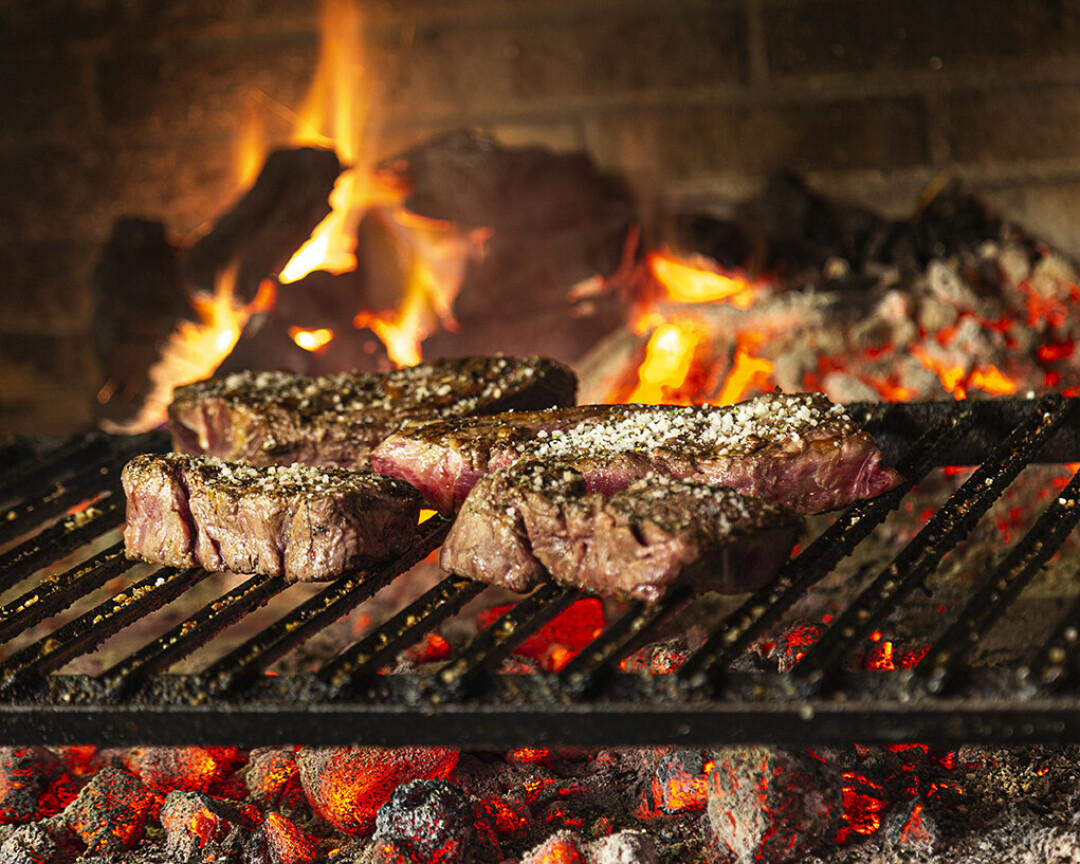What are the Differences Between Grilling and a Barbecuing
Thursday Jun. 15th, 2023

In today’s culture, people still thought that grilling and barbecuing are the same probably because both have almost the same procedure for cooking meat over a fire.
To compare these concepts, we first understand the definitions. "Grill" can be translated from French as the verb "fry", and in English it is not only a noun denoting a type of thermal equipment but also a verb that denotes the work of cooking food on such equipment.
In our language, this would sound like "grilling" and the process would be called "grilling". Barbecue also means the type of equipment, the cooking process, and the festive events dedicated to this process.
Both methods guarantee amazingly tasty food but if you compare grilling and barbecuing as ways to heat the product, there are a number of important differences and if you are a real grill chef, this really matters!
The main differences between a barbecue and a grill include:
• The temperature during the preparation of the product.
• Time and method of preparation.
• Using wood chips for smoking.
• Type, size, and weight of products.
• Type of equipment.
Let's look at specific examples.
Grill Features
"High & quick" is a concept that means fast cooking at high temperatures. As a rule, the direct cooking method is used, this is when the product is cooked in direct heat, directly over hot coals. Another type of fuel is also used, such as natural gas.
Temperature: Food is cooked in minutes using high heat, often in excess of 200°C / 400°F, depending on the food being used.
Time: The high temperature of the grill quickly brings the meat to readiness. The average grilling time is 5-20 minutes.
Products: The high temperature and cooking speed make the grill suitable for steaks, chops, racks of lamb, chicken pieces, seafood, fish, burgers, and vegetables.
Chips: Wood chips are rarely used on the Grill. This is due to the fact that at high temperatures, the chips quickly burn out without providing the required amount of smoke.
In addition, wood at temperatures above 150°C releases harmful carcinogens that remain on the product. However, wood chips are used in a hybrid cooking method called grilling, a process similar to hot smoking.
BBQ Characteristics
"Low & slow" is a slow cooking method at relatively low temperatures using an indirect heating method. The heat source in this case is located either much lower or to the side of the meat or cut off with the help of special accessories. In modern grills, this is a ceramic, cast iron, or steel object that is installed between the grate and a heat source (coal, natural gas). Thus, the product located on the grate will be cooked from the reflected (indirect) heat. During cooking, the grill lid remains closed and the meat is cooked by thermal convection, where ambient heat circulates around the food.
Temperature: BBQ uses moderate temperatures in the range of 80-149°C (190-300°F). Agree, these figures are far from the temperatures of classic grilling!
Products: Barbecue uses large, non-premium cuts of meat such as shoulder, ham, neck, brisket, or ribs. Whole carcasses, such as a piglet, are suitable for this method. Goose, chicken, or turkey are great barbecues. These types of meat can be tough on classic grilling, so they need to cook for a long time. Taking a tough piece of meat and turning it into a tender, juicy culinary masterpiece is the true art of traditional barbecue.
Time: When cooking at low temperatures, the product cooks much longer. Cooking time is from 2 to 24 hours, depending on the weight and size of the product.
Chips: The smoke is the flavor or soul of the barbecue! This is what distinguishes barbecue from other types of cooking. Wood chips or sawdust produce fragrant smoke for a long period of time, always at low temperatures.
Each type of wood chip for smoking gives its flavor. There are no clear restrictions on the choice of wood chips - this is a matter of taste. The most common raw material in the north of our country is alder, and in the south - fruit trees (cherry, pear, apple).
Sauces, marinades, and spices. Despite the fact that most sauces are called barbecue, all sauces, spices, and seasonings are used both for barbecue and for grilling.
The bottom line is that grilling and barbecuing are two independent cooking methods.
Grilling is the most ancient form of cooking a product. It is, in fact, a method of cooking directly on an open fire. Barbecue is a slow and long method of cooking food over an indirect fire. Due to their unique process and controlled temperature by Typhur inspired by cooking science, the product has time to absorb the constituent elements of smoke, sauce, and spices, making the finished dish juicy, tender, and fragrant.
The whole world loves barbecue and grill. Each country has its own characteristics. In the U.S., where barbecue culture is most developed, the gastronomic map is fantastically diverse: Texas favors beef, Kansas loves molasses-sweetened sauce, the Carolinas prefer hickory pork, and Kentucky worships smoked lamb.
Even within the boundaries of one state, there are many micro-regional styles and the debate about what true barbecue is does not stop to this day - move away from the sacred mantra "Low & slow" and you will meet unrelenting wrath.
Now it has become clear - "barbecue" and "grill" are not synonyms, it would be more correct to say that barbecue is the art of grilling - its pinnacle. Whichever term is used, one thing is certain - cooking over a fire creates incredibly flavorful and delicious results.
| Tweet |